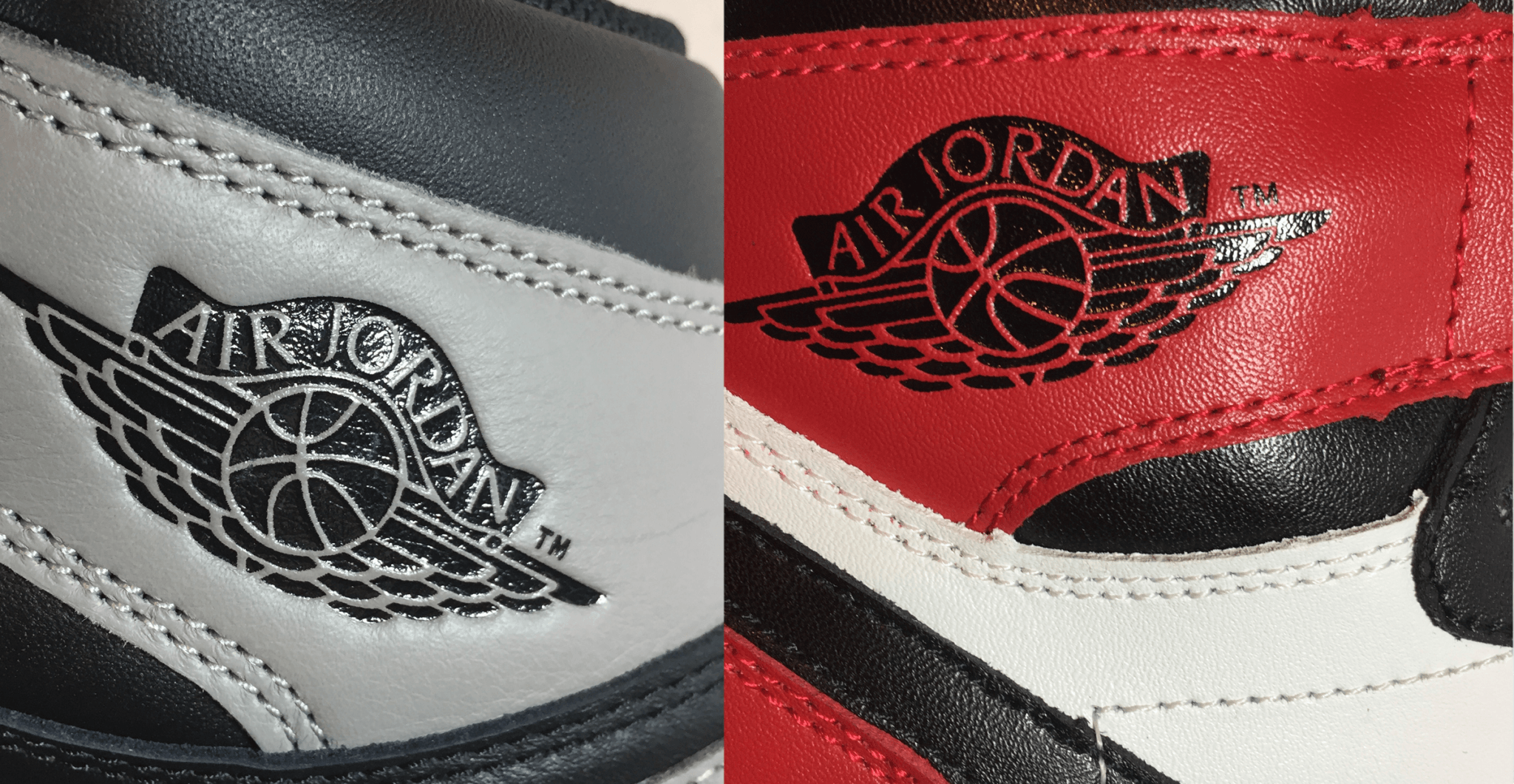Depending on who you ask, Air Jordans are the godfathers of iconic and trendy shoes. Since everyone back then was trying to “Be Like Mike”, these sneakers were must-have items even before all the cool kids started buying sneakers.
And in 2021, mere decades after the original line’s 1985 release, New York Post was reporting on how reselling Air Jordans became a booming business during the COVID-19 pandemic.
But with the sneaker game once again picking up steam along with everyone and their mother going after Air Jordans, in particular, you may not know how to tell if Jordans are real. Although no two forgeries will look the same, we’ve put together a list of four ways that you can tell your real Jordans from your fake Jordans. Keep reading to find out more.
1. Ask Serious Questions About the Price
If you found Shakespeare’s lost play or the map to Blackbeard’s gold gathering dust in your basement, would you sell these treasures for pennies on the dollar? Weird as this comparison might sound, it’s a similar deal with sneaker resellers.
Mint condition Air Jordans are often valuable collector’s items. If you’re dealing with a seller who knows their stuff, it doesn’t make sense for them to part with their merchandise for pennies on the dollar.
Of course, that doesn’t mean that every once-in-a-lifetime bargain is going to end with you buying a pair of fakes. Maybe someone’s relatives are clearing attic space and having a fire sale on Facebook Marketplace. Or maybe the seller is trying to make room for an even more valuable pair of sneakers.
But if you see a pair of shoes selling for $50 when you know they’re worth $500, you may want to proceed with caution.
2. Check the Tongue Tag
When most people put on these types of shoes, most of them don’t stop and think, “Hm. This tongue tag feels a little strange today.”. As a result, it’s not unusual for manufacturers of counterfeit Jordans to cut corners by being a little less precise on the tongue tag.
As a savvy buyer, there are a few questions you need to ask yourself when you’re looking at the shoes:
Is the threading lower quality? Are you seeing unusually thin lettering or are there unfinished letters? Depending on how well-done the fake Jordans are, you may have to look for portions of letters that are fuzzy or borderline impossible to read.
Real Jordans use clear letters and the tag is consistent throughout. If the tongue tag seems a little off-brand, you could very well be dealing with a fake.
3. Study the Shoe’s Overall Shape and Stitching
Have you ever met someone who has a habit of literally missing the forest for the trees? You don’t want to be combing over the tongue tag with a Sherlock Holmes-style magnifying glass when there’s an entire shoe that could be screaming, “I’m fake!”.
One way that you can spot a counterfeit is by looking at the overall shape of the shoes. Jordans are supposed to have a proper curve to them when you compare the top of the shoe to the heel. Similarly, the shoe should be able to maintain a straight line if you place it on a flat surface. Are the stitches evenly spaced or are you seeing extra stitch lines where there shouldn’t be or a heel strap that’s riding a little loose? Does the stitching match the product description for that year and make?
Some counterfeiters have perfected the art of making fake Jordans to the point where it’s very, very easy to be deceived. That’s why you’ll want to make a point of taking a closer look at the smaller details.
4. Pay Attention to the Logo and the Artwork
Whether you’re looking to buy a Jordan 1 or a Jordan 13, real Jordans are well-known for their iconic artwork and logos. Even if you’re a professional designer with a Ph.D. in Photoshop, it’s easy to make mistakes while attempting to replicate these features.
Part of the problem is that details like the exact fonts and colors used by Nike are difficult to replicate. And the other issue is that there are a lot of finer nuances that most people just don’t notice when they see someone wearing a pair of Nikes.
As such, even extremely talented fraudsters can overlook things like the spacing of the artwork or the words on the logo. According to LiveScience, the brain can automatically unscramble and decode misspellings and misplaced logos. When you go to check out that pair of Jordans, it’s your job to turn off your internal self-editor and become the art critic you’ve always wanted to be.
Check to see if the logo is aligned properly. Maybe with this pair, the trademark signs are in the wrong places or the artwork appears to be painted on when it should be embossed.
Sometimes you’ll run into forgeries that are as close to the real deal as it gets. Depending on how good the fake Jordans are, the artwork could be your only clue that something is amiss.
This is How to Tell if Jordans are Real
Any time that you have massive amounts of money circulating around a product, it’s not unusual for shady people to try and cash in through fraud. If you’re looking to buy some Air Jordans, however, the last thing you want is to learn the hard way that you paid market value for a pair of fakes.
Unfortunately, figuring out how to tell if Jordans are real can be tough. However, if you know what to look for, spotting fakes can quickly become second nature.
Are you interested in finding out more about the sneaker side hustle? Explore the rest of our site to find more posts like this.
